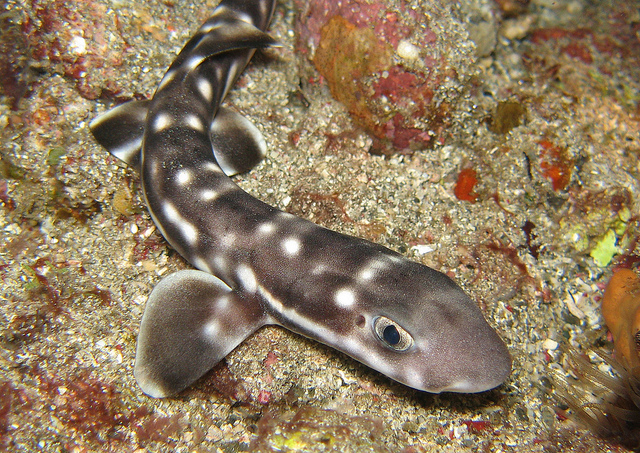- Joined
- Sep 6, 2017
- Messages
- 3,518
- Reaction score
- 2,850
Looks like a banded cat shark. When ours hatched I had to hand feed the shark a slurry of mysis shrimp, squid and oysterfeast from a syringe. After a week or so it started taking in small pieces of squid. For the next year it ate anything off a feeder stick but the favorite was squid. They grow quick and smaller fish can become an issue. It never bothered our snails or crabs oddly.
Agreed, after looking at the markings, that is what it appears to be. These get over 3 feet in length when fully grown so it will definitely need an upgrade from that 200 gallon at some point.

















